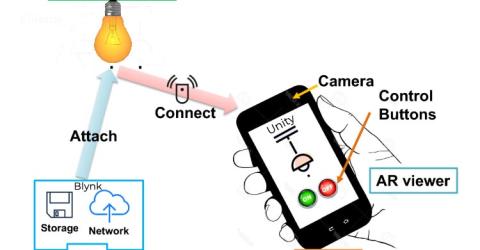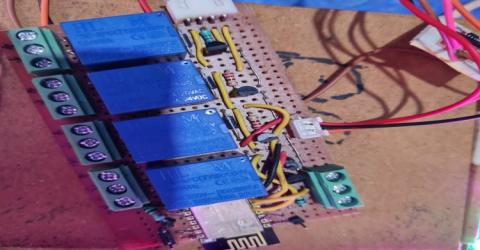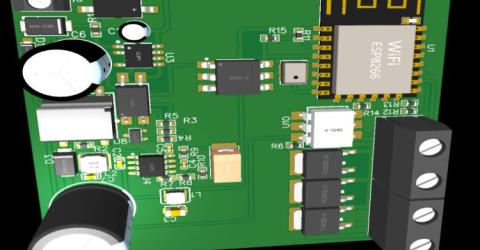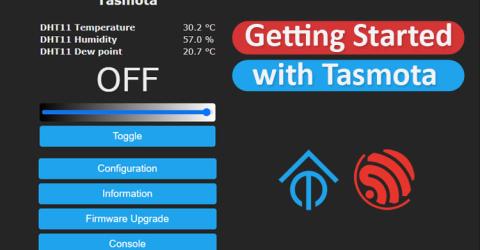home automation

|
IoT Based Home Automation with Augmented Reality I am here with the latest technology being using Augmented Reality, we will make our home as smart and AR… |

|
Smart Phone controlled Home Appliances with Energy Meter using NodeMCU Hello guys Our project is about SMART HOME as with the advancement of technology, who doesn’t love… |

|
IoT Gesture controlled Home Automation using ESP12 and AI Vision In this project, I build an Ai Virtual Assistance with IoT based smart switch Board. As … |

|
A Complete Home Automation using ESP8266 and Touch Sensor This is a two-channel touch & two-channel wifi home automation project. This project can control four… |

|
Vayu: A Customizable Smart Air Cooler Controller using ESP12 Vayu: A customizable smart air cooler/conditioner controller with IoT integration lets the manufacturers get… |

|
Home Automation using Node-RED and Home Assistant on Raspberry Pi Ever wondered why do you need Node-RED with Home Assistant? It looks like that both Home Assistant and Node… |

|
What is Tasmota and How to use it with ESP-01 to Control Smart Home Devices If you are the one interested in working on some kind of smart home project but don’t know where to start and which … |

|
Getting started with Home Assistant & Raspberry Pi: Control and Automate Smart Devices With the Internet of Things taking over the lives, home automation is becoming more and more common. Home automation can… |

|
IoT Based Smart Fan Control using ESP8266 and Blynk Well, IoT is trending everywhere and is one of the greatest things that can be used to make life easier. There are… |

|
ESP8266 based Smart Plug to Make Your Home Appliances IoT Enabled Ever since I started to work with the ESP Wi-Fi Modules, I always wanted to build a smart Wi-Fi socket that enables me to… |

